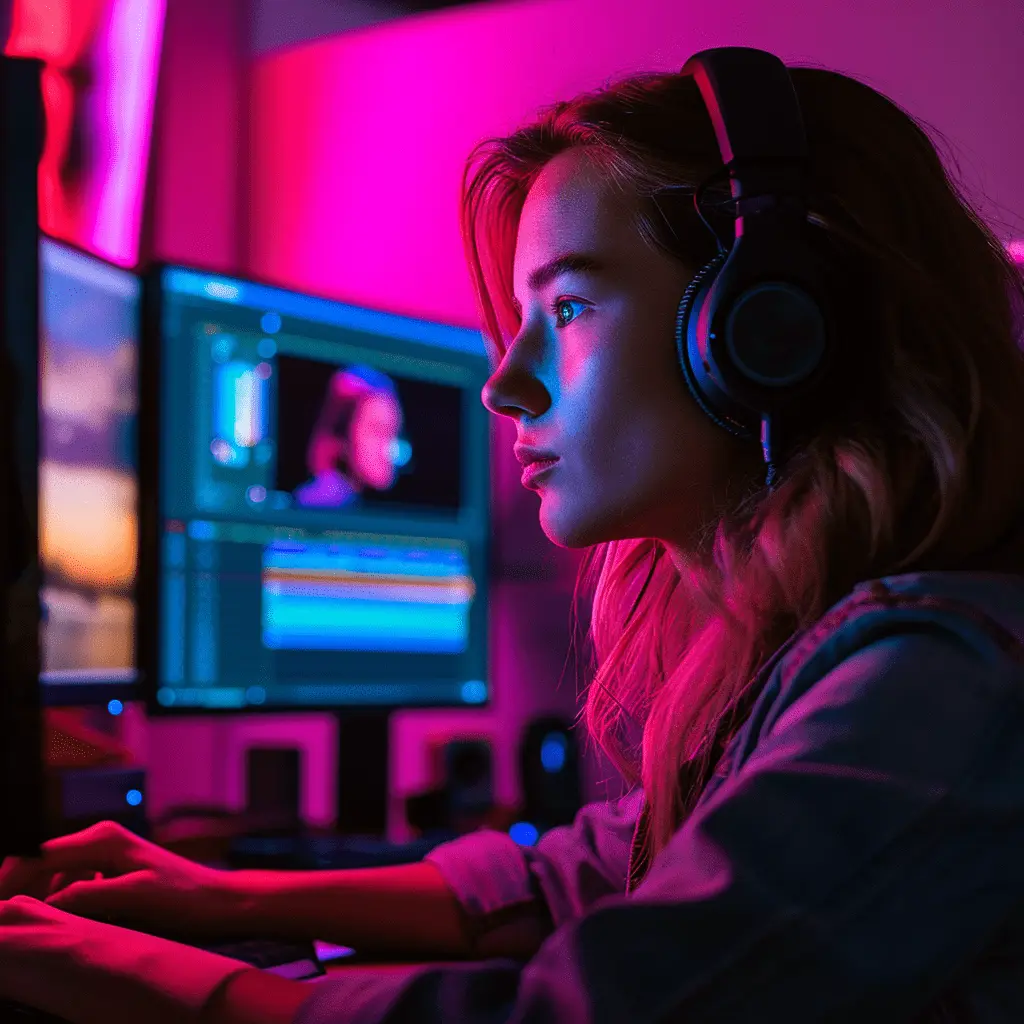
Get Video Editing Tips, Tricks, and Guides Straight to Your Inbox
Are you starting your journey to becoming a top-tier video content creator? There's a lot of information out there, and it can be hard to know where to start.
To help, here are ten essential tips and tricks to help you learn and provide inspiration. Let's begin your journey into the basics of video editing and look at how to create compelling, engaging, and well-edited content!
The first step is considering your editing needs, skill level, and budget. Review the user interface, how it works, and how it compliments the content you want to make. Make sure to start with software that has free versions available. This way, you can test different options and find the right video editing tool.
Once you've found the ideal software, you'll need time to explore its features. Don't rush. Post-production is often fast-paced, but you can afford to take your time at this stage.
Before you call yourself a video editor, you must master the basic techniques. Here's a quick rundown of essential techniques you should learn:
A cluttered workspace can slow you down and cause confusion. Set up a solid file management and organisation system to edit. Create folder structures and use consistent naming conventions for your assets.
Pro tip: Use proxies (lower-quality versions of your footage) for a smoother experience. Additionally, create a timeline structure to keep your edits organised.
Excellent video editing is all about storytelling. Enhance the narrative and evoke emotions using narrative techniques like flashbacks, or editing ones such as match cuts, and pacing adjustments.
For example, if you are editing a travel vlog:
Remember, your edits should add to the story, not distract from it. Choose the emotions you want to convey and use your editing tools to support the story's message.
Keyboard shortcuts are one of the main tools in a pro editor's toolbox. These time-saving tricks will help you zip through your edits. Most software options have a list of default shortcuts but allow you to customise them. The more shortcuts you learn, the faster and more intuitive your editing will become.
A well-edited video is only complete with stellar sound design. There are various ways to achieve this, including:
Add some flair to your videos with visual effects and motion graphics. Use these elements sparingly and maintain visual consistency throughout your content. Experiment with motion graphics for titles to give your videos a professional look. As your confidence grows, explore advanced visual effects to further your content.
As you learn to edit videos, staying inspired and learning is crucial. To get started, explore the work of some of the all-time great film editors:
As well as studying these legends and their editing process, consider enrolling in a video editing class. You can also join online forums to connect with fellow video editors and stay current. Don't be afraid to ask for help or advice. The video editing community is filled with experienced editors who share their knowledge.
Like any skill, practice makes perfect when it comes to video editing. Challenge yourself with creative projects, and don't be afraid to make mistakes. Seek feedback from peers and learn from each experience.
Set aside regular time for editing practice and track your progress. The only way to get better is to do something regularly. You will learn something new about the process with every edit you make.
You need somewhere to share your videos, and the best way is through a YouTube channel. To break through the noise and ensure your videos can be seen, you'll need to master the art of SEO. This can include:
Monitor your YouTube analytics to track your performance. Then, make data-driven decisions to improve your content. You can also share your videos to social media quickly and easily to enhance your reach.
With these top 10 tips and tricks, you're well on your way to becoming an editing superstar. Remember to stay inspired, keep learning, and, most importantly, enjoy the creative process. Why not download the free version of Lightworks and start putting these techniques into practise? Happy editing!